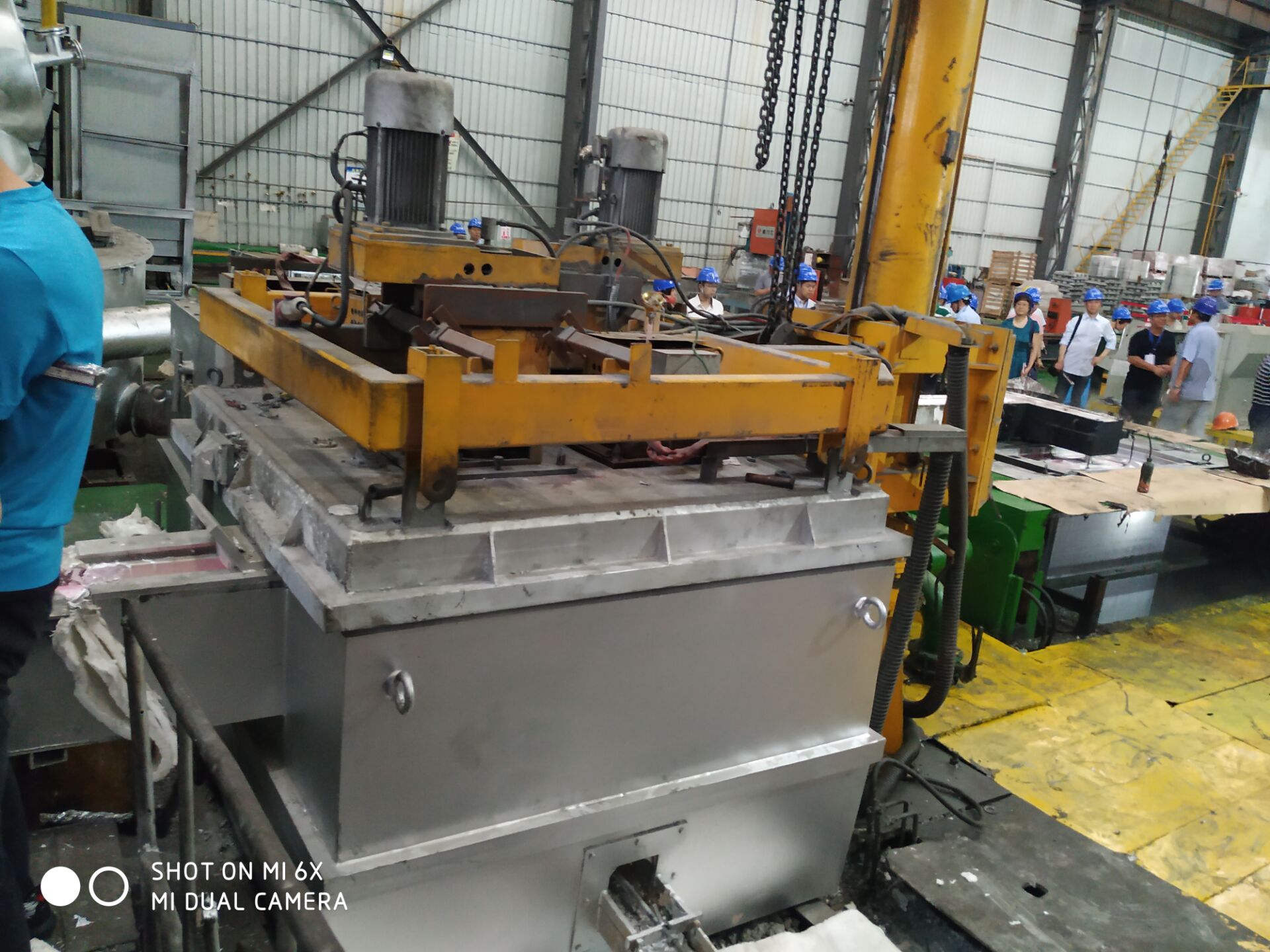
09 10月 Casting knowledge-Aluminum ingot casting process
Casting knowledge-Aluminum ingot casting process
The aluminum ingot casting process flow is as follows:
The aluminum liquid sucked from the electrolytic cell contains various impurities, and therefore needs to be purified before casting. In the industry, purification methods such as clarification, flux, and gas are mainly used, and some methods are used for purification by directional solidification and filtration methods.
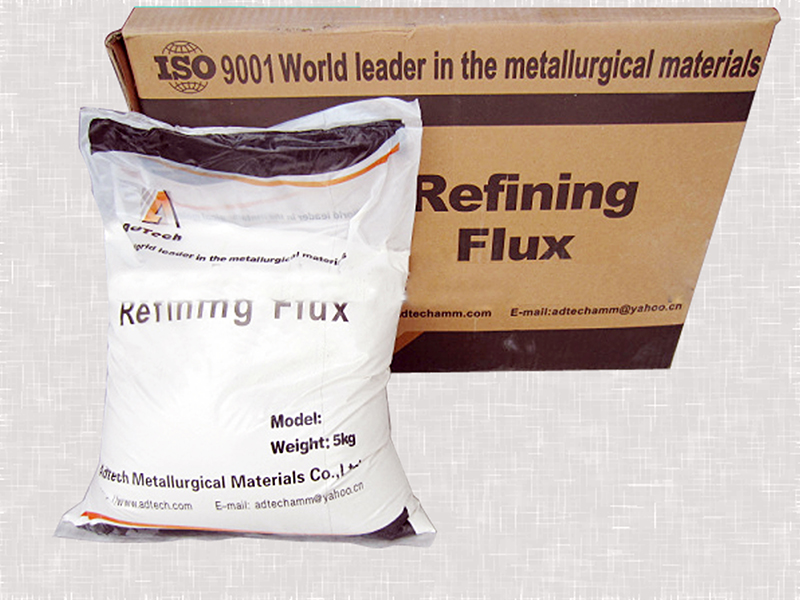
1. Flux Purification
Flux purification is to use a flux added to the aluminum liquid to form a large number of fine droplets, so that the oxides in the aluminum liquid are wetted by the droplets to adsorb and dissolve, and a new droplet is formed to rise to the surface, and after cooling, the scum is removed.
The flux for purification is composed of a salt having a low melting point, a small density, a small surface tension, a large activity, and a strong adsorption capacity for the oxidized slag. For example, the current high-quality AdTech refining agent is white (slightly gray) powdery fine particles, the main components are chlorine and fluoride salts, and other compounds, after proper heat treatment and sieving, the particle size is uniform, there are Conducive to the uniformization of the tank under the action of carrier gas (N 2 or Ar) into the lower layer of aluminum liquid, through the physical and chemical changes in the formation of numerous small bubbles in the aluminum liquid and aluminum liquid, fully separate the [H] and other in the aluminum liquid Harmful gases; at the same time, some substances contained in the AdTech refining agent can strongly adsorb, melt and dissolve the oxides and suspended solids in the melt, and together with the bubbles, bring them to the surface of the aluminum liquid to achieve degassing. The purpose of refining and purifying the slag.

2. Gas Purification
Gas purification is a major primary aluminum purification process. The gas used is a mixture of chlorine, nitrogen or chlorine and nitrogen.
(1) Chlorine purification. Previously, reactive gas chlorine was used as a purifying agent (chlorination method). In the chlorination method, a large amount of abnormally fine AlCl3 is formed when chlorine gas is introduced into the aluminum liquid, and the bubbles are sufficiently mixed in the aluminum liquid. Hydrogen dissolved in the aluminum liquid, as well as some mechanical inclusions, are adsorbed on the AlCl3 bubbles and are discharged as the AlCl3 bubbles rise to the surface of the aluminum liquid. Chlorine gas can also chlorinate some elements that are more negatively charged than aluminum, such as calcium, sodium, magnesium, etc., which are separated by chlorine gas to form corresponding chloride. Therefore, the chlorination method is a very effective primary aluminum purification method. The amount of chlorine gas is 500-700g per ton of aluminum. However, because oxygen is toxic and relatively expensive, in order to avoid air pollution and reduce the cost of aluminum ingot production, the chlorination process has been gradually abolished into an inert gas-nitrogen purification method in the modern aluminum industry.
(2) Nitrogen purification method. Also known as the smokeless continuous purification method, alumina balls (418 mm) are used as the filter medium. N2 is directly introduced into the aluminum liquid. The aluminum liquid is continuously fed into the purification furnace, passed through the alumina ball filter layer, and is flushed by nitrogen, so that the non-metallic inclusions and dissolved hydrogen in the aluminum liquid are removed, and then continuously discharged, thereby uniformly distributing the fine nitrogen bubbles. It acts as a purifying agent in the treated aluminum liquid. Nitrogen has no pollution to the atmosphere, and the purification treatment is large. It can process 200~600kg of aluminum liquid per minute, and the amount of aluminum loss caused by the purification process is relatively reduced, so it is widely used now. But it does not remove calcium, sodium, and magnesium from aluminum in the same way as chlorine.
(3) Mixed gas purification method. A mixture of chlorine and nitrogen is used to purify the aluminum liquid, which acts to remove hydrogen and separate oxides on the one hand, and to remove certain metal impurities (such as magnesium) from aluminum. The usual composition is 90% nitrogen + 10% chlorine. . There are also 10% chlorine + 10% carbon dioxide + 80% nitrogen. This effect is better, carbon dioxide can make chlorine and nitrogen diffuse well, which can shorten the operation time.


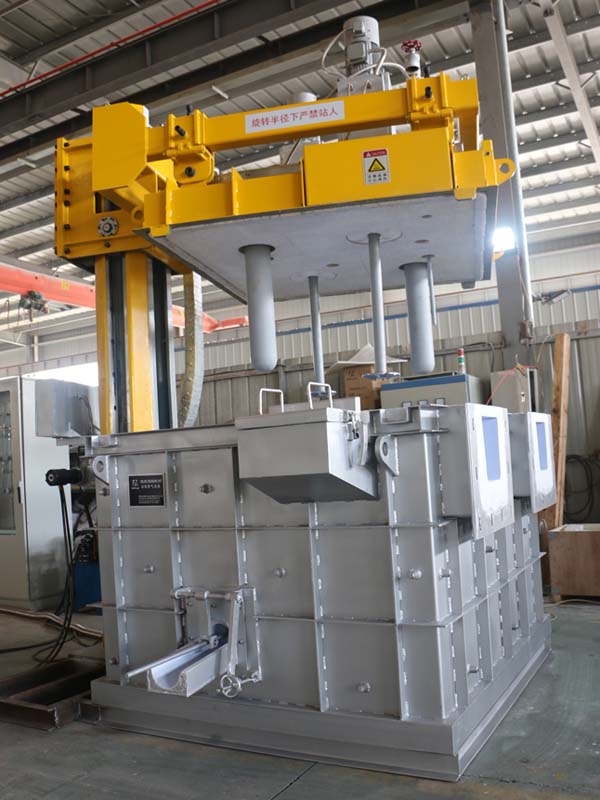
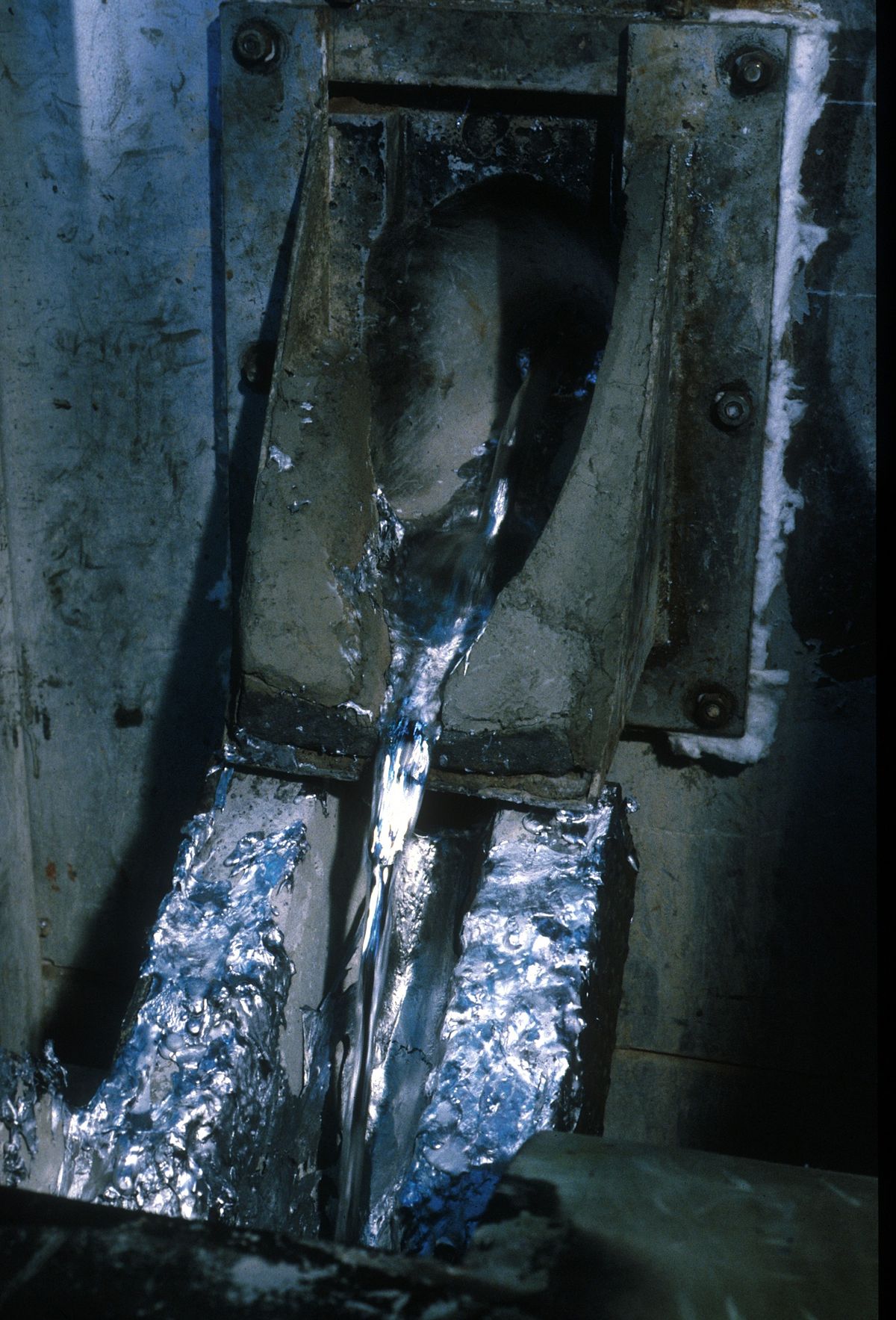
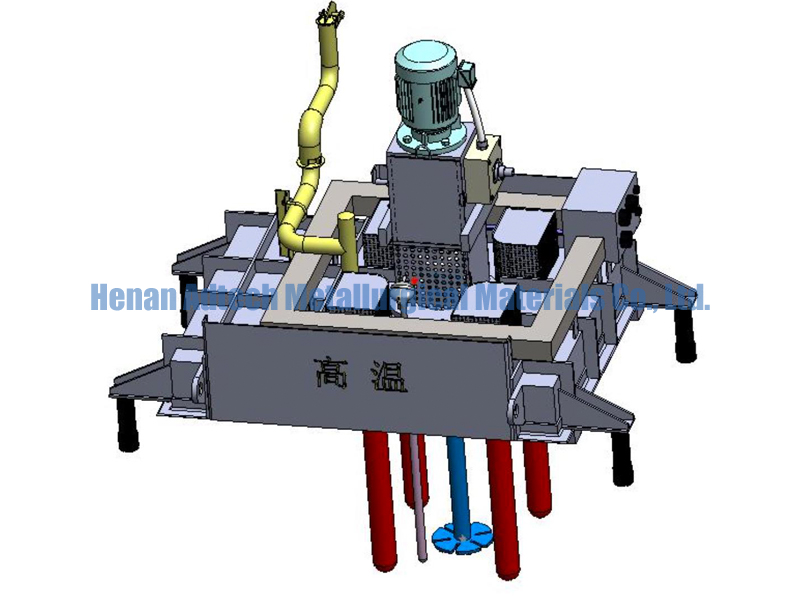
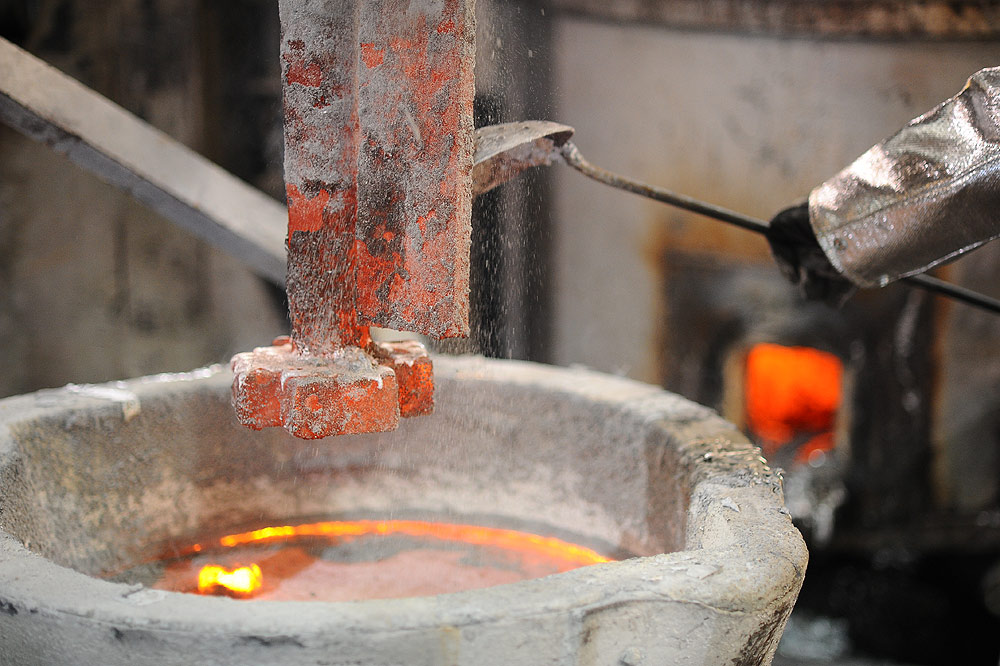
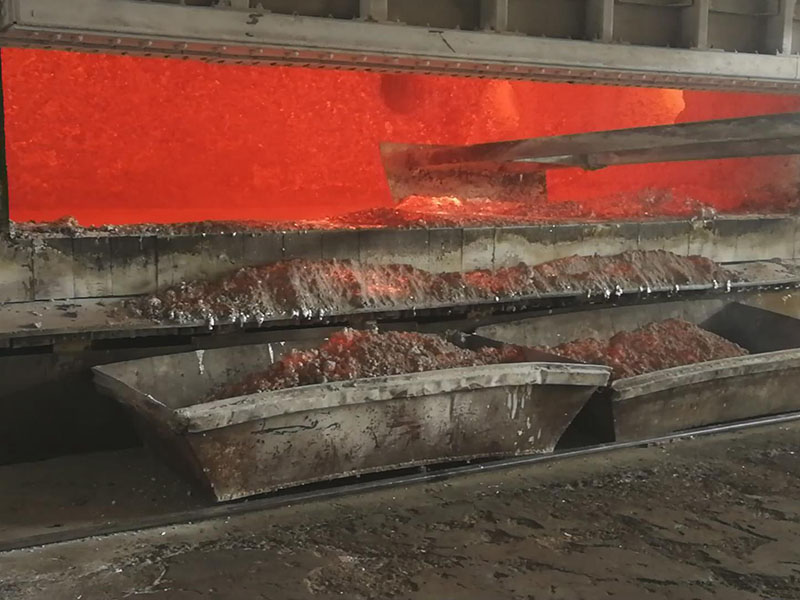
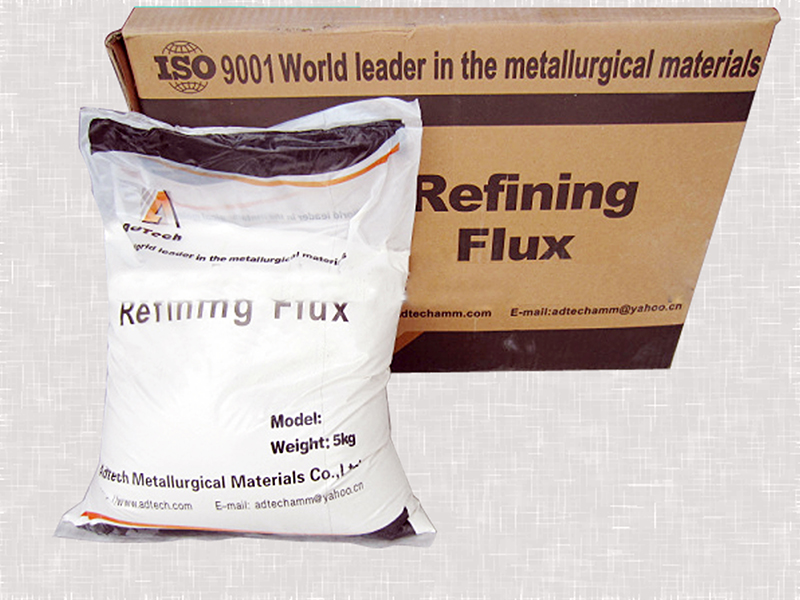
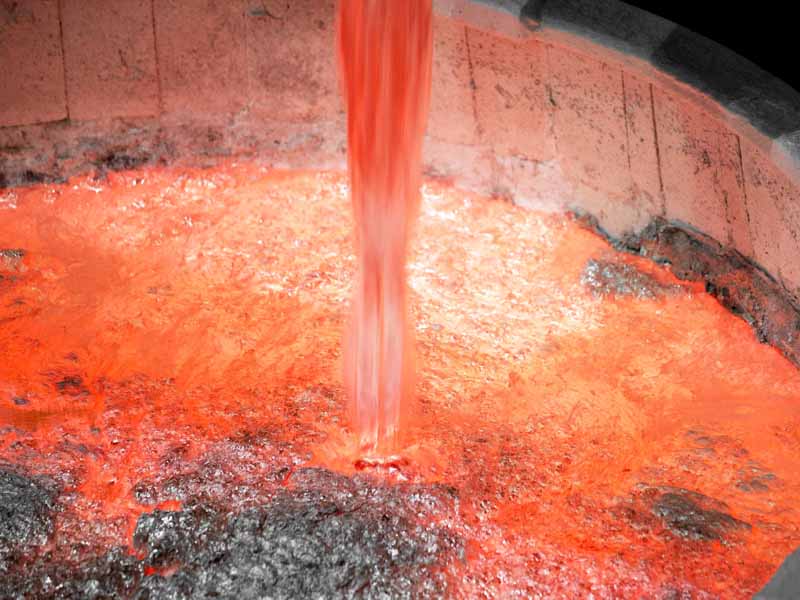
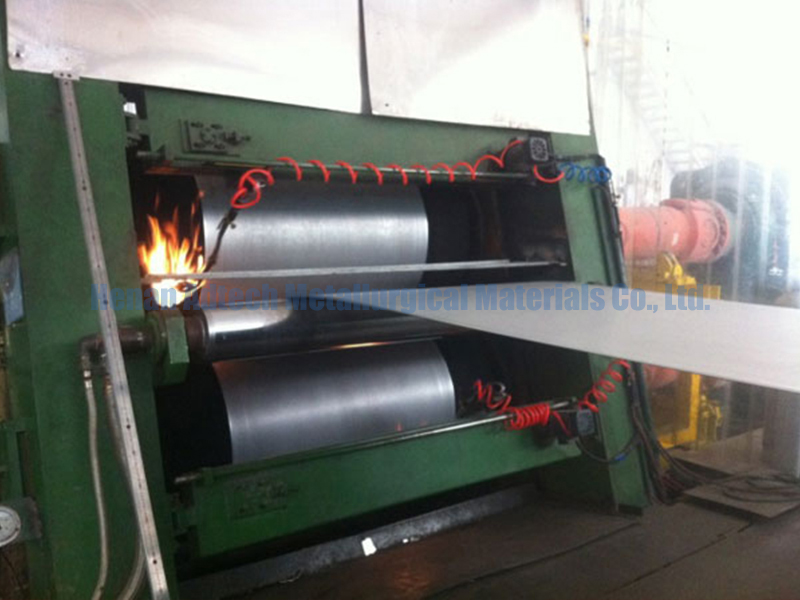
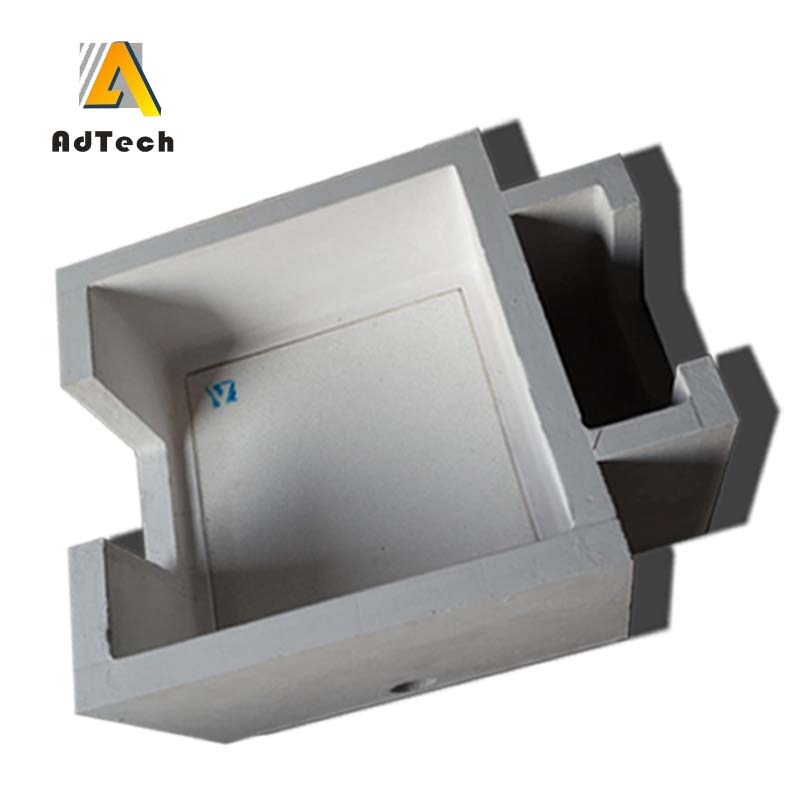
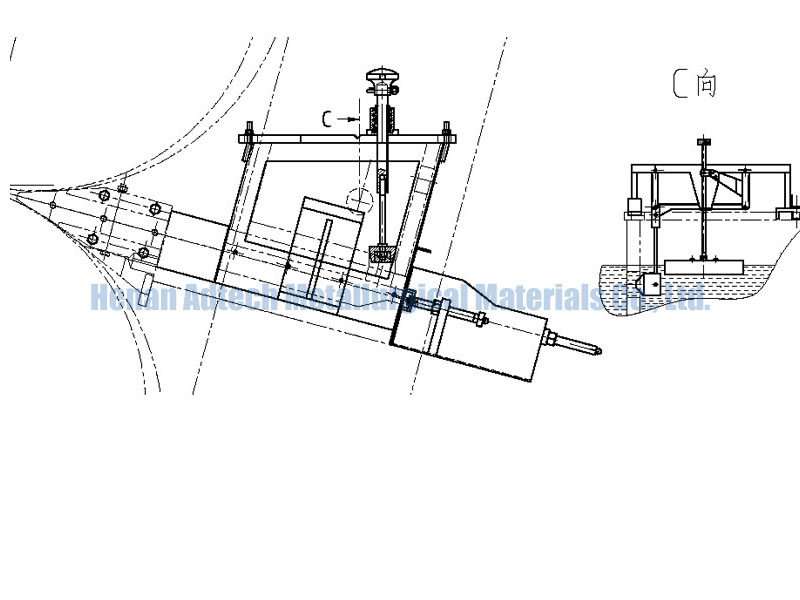
No Comments